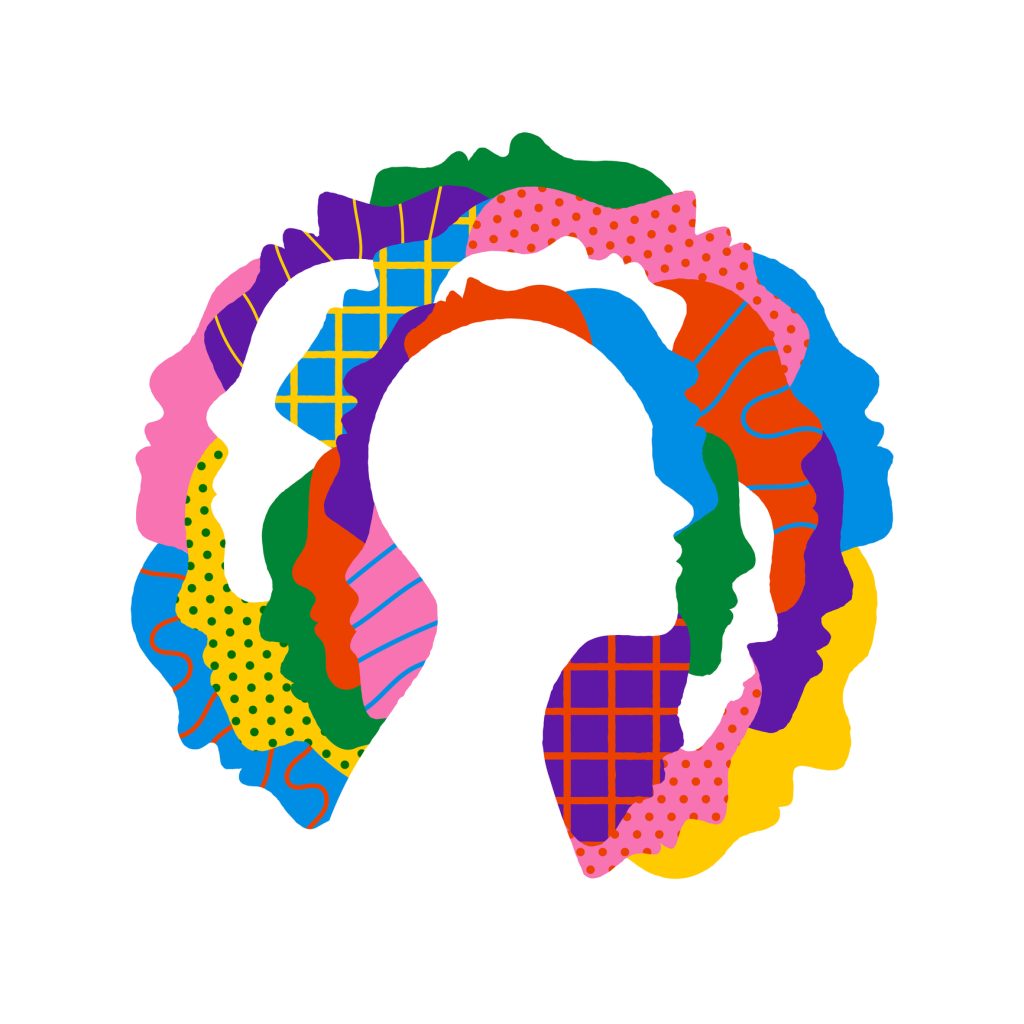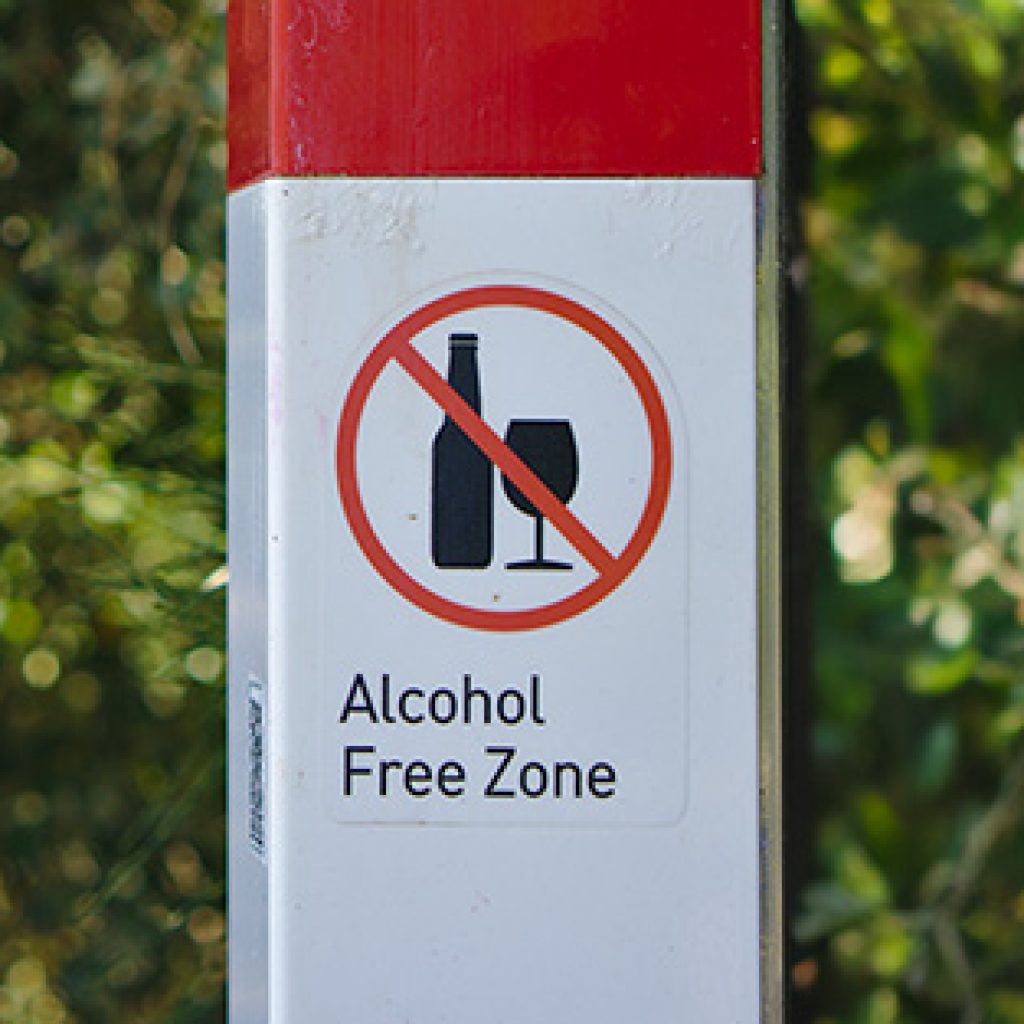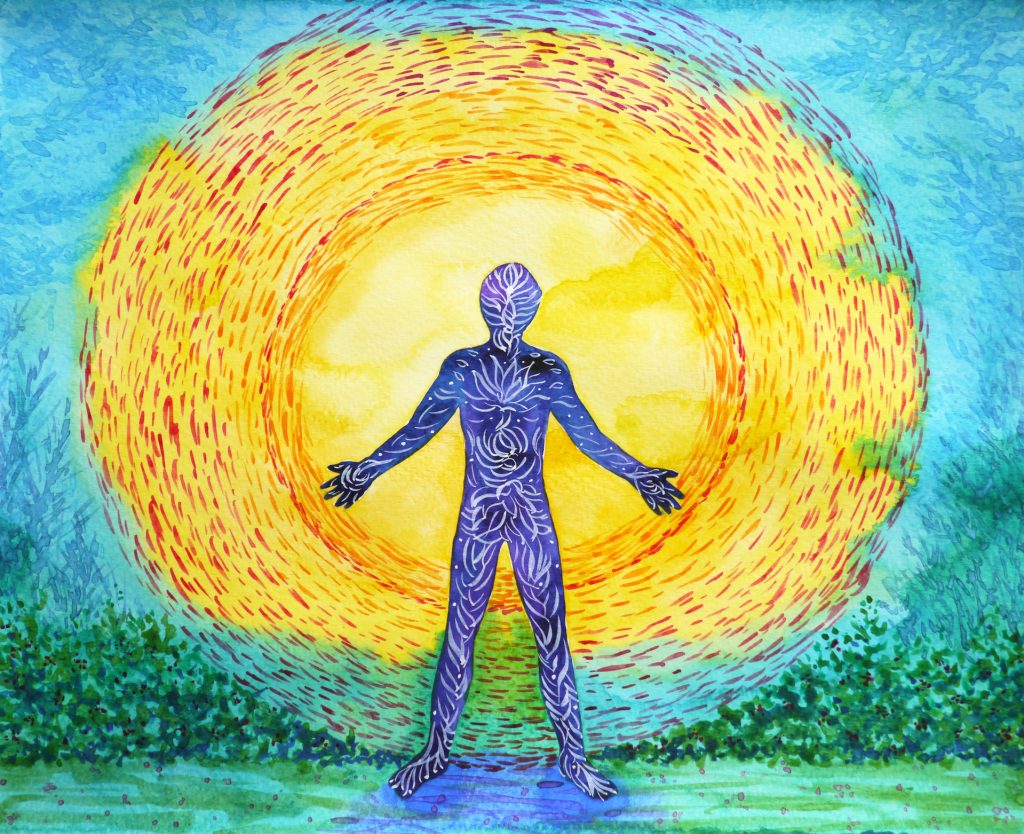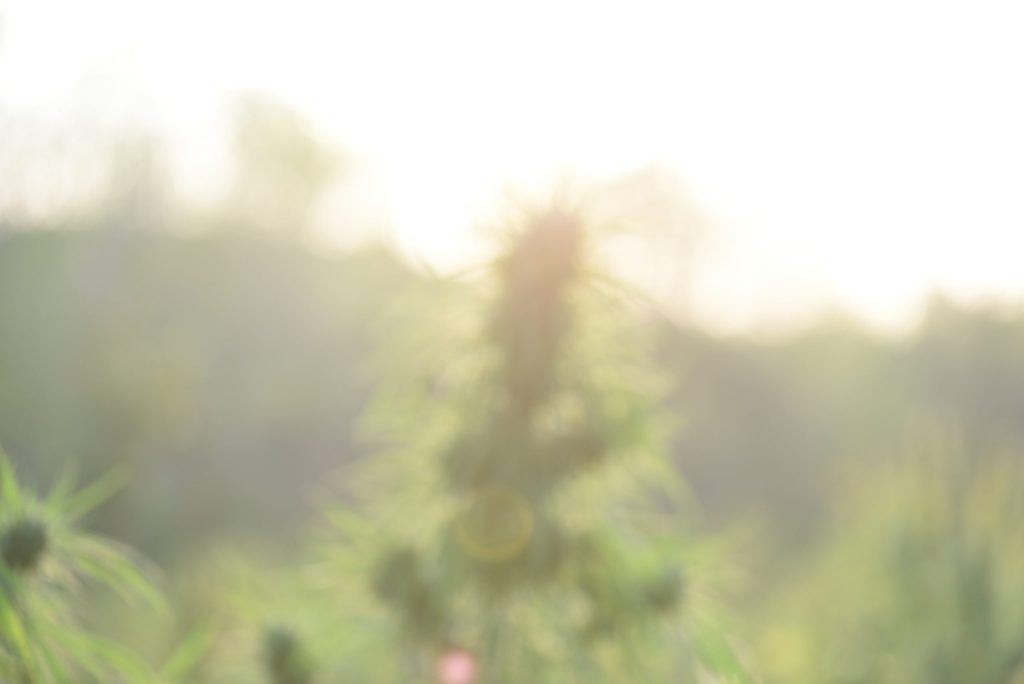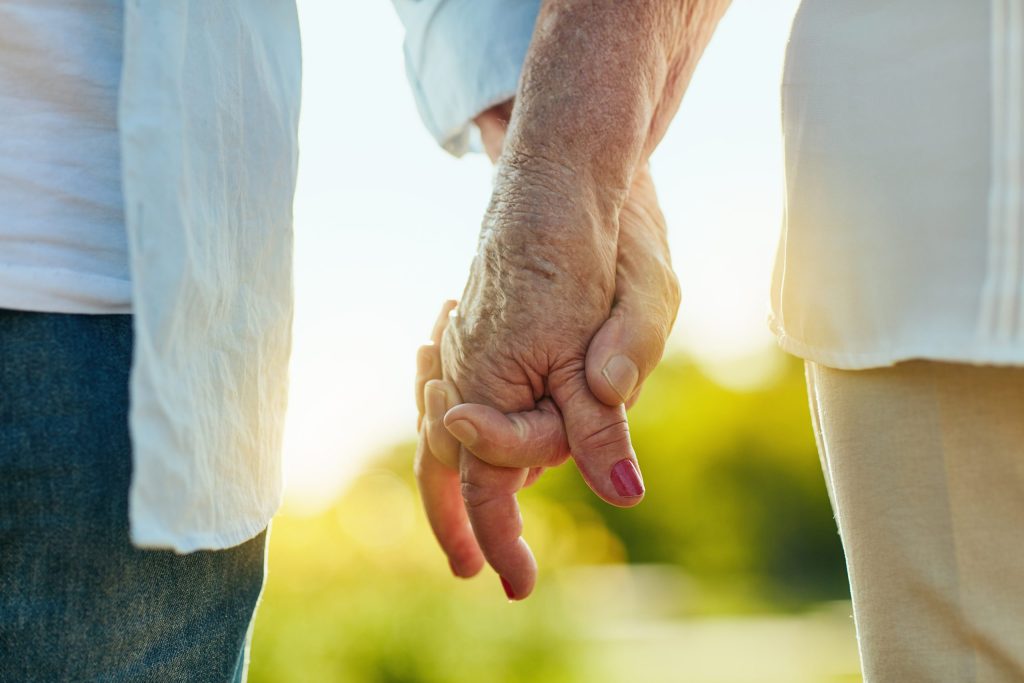Finding Meaning – A Key Approach to Suicide Prevention
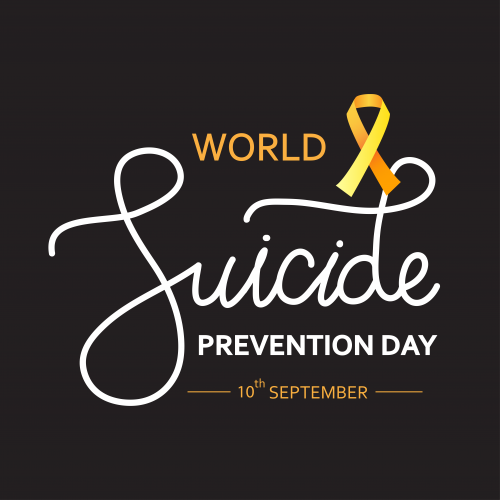 September is Suicide Prevention Awareness Month, and September 10th marks World Suicide Prevention Day. Each September we take time to acknowledge all who have been affected by suicide and raise awareness about suicide prevention. Globally, there are approximately 700,000 people who die by suicide every year. More than 41,000 individuals die by suicide in the United States, which is almost double the number of homicides in any given year. There is also a ripple effect that occurs when someone dies by suicide and thousands of friends and family members wade through the muddy waters of their grief.
September is Suicide Prevention Awareness Month, and September 10th marks World Suicide Prevention Day. Each September we take time to acknowledge all who have been affected by suicide and raise awareness about suicide prevention. Globally, there are approximately 700,000 people who die by suicide every year. More than 41,000 individuals die by suicide in the United States, which is almost double the number of homicides in any given year. There is also a ripple effect that occurs when someone dies by suicide and thousands of friends and family members wade through the muddy waters of their grief.
In honor of Suicide Prevention Awareness Month, we asked Dr. Steven Nicholas, author of Living Ideation A New Approach to Suicide Prevention and Intervention to discuss how he has been affected by suicide, and share his life’s work around raising awareness about suicide prevention.
In your book, you share how you lost your brother to suicide. How did his loss impact you?
I was gutted when David took his life. Like many traumatic events, I can recall every detail of that day. I lost my closest brother and my longest friend. It was an irreplaceable bond. My life’s trajectory shifted seismically that afternoon, and every meaningful decision that I have made in the past seventeen and a half years has been impacted by his absence.
How did this experience impact your thinking?
My last response stated that I have been impacted by his absence. Truthfully, that absence is an enormous presence. Presence and absence are the same thing if we pause and absorb the concept. My loved one is absent yet I can find him in any moment of my life (I’m talking about him right now). I cannot share an experience with him, but I can insist on a meaningful interaction with whomever I am spending time with. This includes spending time with myself. His absence has sharpened my attention to life and I am flooded with the opportunities in front of me.
How is your approach to suicide prevention different from other models?
I think that many well-intended survivors of suicide loss try to attach meaning to their grieving process, and my approach began as a massive projection of my experiences. I was quite irritated at the research and programming that was geared toward recognizing signs and symptoms of suicide. It simply didn’t resonate with me. Does a person have thoughts and behaviors that can be described as suicidal? If so, what happens next? I see most symptom reduction models as an extension of a medical model where we identify symptoms and then try to reduce/eliminate/treat them. Paradoxically, I believe that the medical model is stigmatizing and reinforces the notion that suicidal thoughts and actions are aberrant.
Living Ideation is a philosophical approach that is deeply rooted in Constructivism and Existential thought. If we recall the concept of presence and absence, suicidal ideations are a dearth of living ideations. Perhaps the expansion of living ideations can reduce the existence of suicidal ideations. Please know that Living Ideation is not meant to be a Pollyanna approach that says “just look at the bright side!” Not even close. Look at the dark side and get to know it. It exists because of the duality with the light side. It simply acknowledges that dark and light coexist. Both suicide and life have presence and absence.
Living Ideation is a suicide prevention and intervention model that acknowledges pain and non-pain. Having empathy for pain and despair can illuminate the rooted feelings of love and hope. The complimentary emotions can promote cognitive dissonance; at least love and hope have a fighting chance to compete with an abundance of pain.
Can you share what you’ve learned about the various mindsets people have when they are experiencing suicidal thoughts?
For the sake of this interview, I am oversimplifying a suicidal mindset to be pain. Life has varying degrees of pleasure and suffering, and if a person was dominated with perceptions of emotional/physical pain, then eliminating that pain seems logical. Western civilization and thought have not done many favors to those who experience pain; the stigmas associated with suicide are absolutely brutal. Selfish, cowardly, weak, sinful, etc.
Consider this: if your loved one was immersed in pain, if they could only perceive darkness, and if they were certain that the future would be more of the same, wouldn’t you hope for their peace? I can’t think the injured are trying to cause anyone else pain as much as they are trying to bring silence to their own.
What do you believe is most important for behavioral health providers to keep in mind when it comes to working with someone who has suicidal ideation?
I really want to remind all of the behavioral healthcare providers reading this that they are the right people for the job. If you have made it this far in your education and career, then you must have a beautiful desire to help others. Please keep honing your natural skills for connection and service. Be congruent while being curious.
Carl Rogers was spot on with the concept of Accurate Empathy. As health providers, we have the opportunity and obligation to connect with heartfelt intent. We want to know as much of our client’s pain as possible so that we can get into the experience with them. Connectedness is a possible way out of pure pain. Foxholes are built for two soldiers to reside in; so are counseling relationships.
Quick example of work with a person who has been through too damn much:
Client: “I’ve seen and done so many awful things, and nobody understands it. I can’t escape the pain. I’m cursed.”
Therapist: “I want to try and understand as much of your experiences as possible. If you think that you’re cursed, please know that I’m not, and I want to work on this with you.”
That quick example is intended to remind us all that we have opportunities to connect with the living. We can help others find their way through pain and reinvent non-pain.
In your personal and professional experience with suicide what have you learned about grief?
Grief and love are the same thing. It wouldn’t hurt so much if you didn’t miss them so much. You couldn’t miss them so much if you didn’t love them. Here in lies love’s curse; if you can love with great ability, then you will hurt with equal ability.
When I think about my brother, or anyone else I have lost, I ache. I also smile knowing that I still love them very much. This translates to the present moment where I have limitless opportunities to experience newness. My appreciation for my memories fuels the present moment.
In that same vein, what have you learned about family dynamics after a loss by suicide?
I learned first hand that such a loss imposes new roles and responsibilities within a family or system. Recognition of the new roles can create opportunities for intentionality. I was the youngest of four boys, and after my brother’s death, I found myself in more of a patriarchal role. I was decisive with protecting David’s reputation. I also reexamined my newer opportunities to be a husband and a father. This is in step with Living Ideation. I consciously search for meaningful interactions that would create a future filled with substance.
My research and professional experiences revealed that there are some productive pathways for those grieving suicide loss. These families had peaceful intentions, open-minds, and an insistence of unity. Simply, these families wouldn’t quit trying to find a new normal. Conversely, when family/systems hold grudges, withdraw, and maintain stigmas, they deteriorate quickly.
In what ways do you think we can improve prevention efforts?
Prevention. Prevent what? Suicide, pain, despair, death? We forget that we get to work with the living. Imagine assessing and focusing on the promotion of living. I believe that we all have basic needs and desires in life; we can foster those and compete with the deficits. Consider wildfire prevention for a moment. There are plenty of ways to prevent and suppress wildfires. The best approach is to promote a healthy ecosystem. Why not do the same with human beings?
Obviously, I am biased. I think that before we insist on ruling out darkness, we should assess for light. I think that our helping professions have over-corrected in our efforts to reduce suicide, and I think that we have neglected so many opportunities to promote growth and wellness. The illness reduction models focus on signs and symptoms of depression, trauma, anxiety, etc. We assess for the presence of diagnoses well before we assess for protective factors that can be expanded upon.
As you look at current data on suicide, what do you think is important to focus on when it comes to treatment and prevention?
I believe that prioritizing connectedness within the various levels of our community is paramount. This translates to a focus on:
- family groups
- peer support networks
- funding and programming for health and community agencies
- government (local, county, state, federal) initiatives to promote social programs that help those in need.
Is there anything else you feel is important for our readers to be aware of?
Please remember the duality of pain and non-pain. Embrace them both so that they can freely blend in to a full experience. Suicide awareness and prevention is as important to consider as the awareness and promotion of living.
If you or someone you know is struggling or in crisis, help is available. Call or text 988 or chat 988lifeline.org. You can also reach Crisis Text Line by texting MHA to 741741.
If you would like to learn more about the new crisis response system join CASAT Learning for a live webinar, Introduction to Crisis Response Systems & Suicide Prevention and read our blog post 988: A Step Forward in Addressing America’s Mental Health Crisis.
The live webinar will provide an overview of the goals and strategies to consider when designing and implementing an effective Crisis Response System while also considering how to structure services and approaches to best meet the needs of individuals who experience a mental health crisis and how to respond to individuals at risk of suicide.
Guest Interview: Steven W. Nicholas Ed. D., MFT, NCC
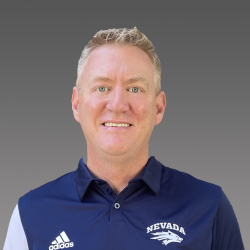
Dr. Nicholas has his doctorate in Counseling and Educational Psychology. He has been practicing as a licensed Marriage and Family Therapist (MFT) since 2007 and has immersed himself in the phenomena of trauma and the potential growth from adverse events. His trainings are aimed at normalizing the cultures of stress and trauma exposure. His copyrighted model, Living Ideation, is a positive contrast to the common suicide prevention models; Living Ideation aims to discover existing strengths within a person and then amplify those abilities for resilience. Ultimately, balance and strength out compete depression, burnout, and suicidal thoughts.
In addition to having a comprehensive private practice in Reno, NV, he is the in-house mental health clinician for the Truckee Meadows Fire Protection District, Athletic Department and Coaches consultant for the University of Nevada, the clinical director for the Nevada Peer Support Network, and consultant to several first responder agencies within northern Nevada. Recently, he has worked with BLM and Forest Service wildland firefighters during their pre and post season trainings and he also facilitates Critical Incident Stress Management (CISM) services nationwide.
Throughout his studies and teachings, Dr. Nicholas has worked with individuals, couples, families, and organizations impacted by the co-occurrences of substance use disorders and mental health diagnoses. In addition to doctoral publications analyzing how groups create greater relational connections after suicide loss, Dr. Nicholas was a contributing investigator for the DSM-5. Dr. Nicholas has resided in northern Nevada for almost fifty years and is a loving husband, father, and friend.
Ready to Learn More?
Suicide Assessment and Risk Reduction: Children and Youth Suicide: IN-PERSON CLASS
Our community continues to see high rates of youth suicide and suicidal ideation. This workshop will provide brief local data on youth mental health and an overview of the Living Ideation theoretical framework for suicide intervention. Through discussion and consideration of clinical case studies that use creative local resources, participants will:
- be able to describe the continuum of suicide safety planning and the components of a comprehensive safety plan (including reducing access to lethal means);
- learn strategies to increase parents’ and caregivers’ confidence in keeping their children safe following hospital intervention or to prevent hospital intervention;
- increase their knowledge of available community resources to support youth and family members;
- and learn to implement Living Ideation safety plans to stabilize youth in their home and community.
Presented by: Steve Nicholas, Ed.D., MFT; Jacquelyn Kleinedler, MA, MFT
Continuing Education Units: 6 CEUs
This training is approved for continuing education by the Nevada Certification Board for PRSS/PRSS-S and CHW, as well as by the boards listed here.
Reno Training, October 19, 2023
Las Vegas Training, October 18, 2023
*CASAT has been approved by NBCC as an Approved Continuing Education Provider, ACEP No. 6492. Programs that do not qualify for NBCC credit are clearly identified. CASAT is solely responsible for all aspects of the programs.
Presentation materials are not for reproduction or distribution without specific written authorization. The opinions, findings, conclusions, and recommendations expressed in our courses are those of the author(s) and do not necessarily represent the official views of CASAT
Additional resources may be found on the CASAT OnDemand Resources & Downloads page.
This article was developed by Heather Haslem, M.S. Feel free to use, link to, or distribute this information. A link to our site and attribution would be much appreciated.
References:
International Association for Suicide Prevention. (2022, September 2). World Suicide Prevention Day. IASP. Retrieved September 5, 2022, from https://www.iasp.info/
National Alliance on Mental Illness. (2022). Suicide prevention awareness month (SPAM). NAMI. Retrieved September 5, 2022, from https://www.nami.org/Get-Involved/Awareness-Events/Suicide-Prevention-Awareness-Month-(SPAM)
Nicholas, Steven W. (2021). Living Ideation A New Approach to Suicide Prevention and Intervention. EMBGRO.
Blog Post Tags:
Related Blog Posts
Related Learning Labs
Related Resources
.
- Buscar Tratamiento de Calidad para Trastornos de uso de Sustancia (Finding Quality Treatment for Substance Use Disorders Spanish Version)
- Finding Quality Treatment for Substance Use Disorders
- Focus On Prevention: Strategies and Programs to Prevent Substance Use
- Monthly Variation in Substance Use Initiation Among Full-Time College Students
- The National Survey on Drug Use and Health (NSDUH) Report: Monthly Variation in Substance Use Initiation Among Adolescents


